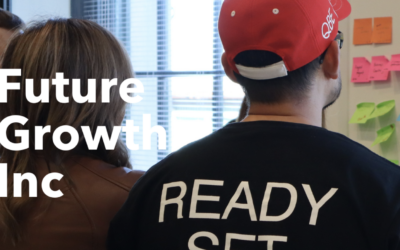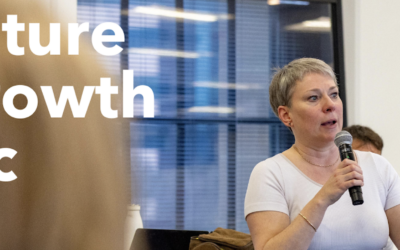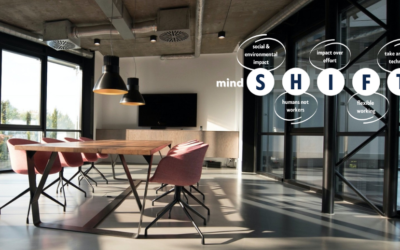I keep a keen eye on commentary about business disruption, and I’m concerned that a lot of hyperbole is seeping in to the analysis about what constitutes disruptive innovation, what the impact of disruption may be to companies and employees, and what can be done to foster productive disruption. In aggregate, the effect may be that observers assume we are in some kind of Disruption Bubble, where expectations of what disruption can bring far exceed the likely impact, and where the appetite for disruptive business strategy could disappear at any moment.
The reality is that business disruption is not a fad. It is not a set of buzzwords you need to use in planning meetings, and it is not a way of positioning a brand in the marketplace. Disruption is occurring as a direct result of a confluence of emergent technologies, changing customer needs and readily available resources, which together provide a rationale for development of a new product, or a business pivot.
We’ve seen this in action with new market entrants in what appeared to be stable and even saturated product categories. AirBnB is now in at least third place in terms of market capitalisation in the hotel and hospitality sector. Uber is now the fastest growing car passenger service in the world, and probably the fastest growing company, ever. There are a whole range of disruptor companies from DropBox and SurveyMonkey, to the secretive Palantir Technologies and audacious SpaceX that are redefining the way that organisations communicate, research and develop products, and they are attracting serious investment and business interest. They have all risen over a remarkably brief period, simply because the tools, the resources and the appetite for change came together at once.
But we’ve only touched the surface of what’s possible in business disruption. As data collection becomes more sophisticated (partly as a result of our increased reliance on mobile devices), as artificial intelligence improves, and as content consumption and other consumer behaviours shift, there will be new resources and technologies available to challenge the way that traditional industries function. And as the regulatory environment under which access to content and services becomes more stringent – particularly where regulations are applied to protect incumbents – it will be disruptive industries that spring up to subvert the status quo. Again, we’ve seen this in the (admittedly legally grey) territory of VPN use as a means of overcoming content geoblocks, and the rise of international shipping services like ComGateway, to overcome delivery geoblocks. Disruption is opportunistic. And the opportunities continue to escalate.
We may be living in a Disruption Hyperbole Bubble. But we are not living in a Disruption Bubble. Facilitation of genuinely disruptive business practice is a means of asserting competitive advantage, and indeed sustaining profitability. We need to be careful not to swallow too much of the hype about new market players when assessing disruptive businesses, but we also need to be cognizant that there is no such thing as market protection. Disruption occurs because an opportunity for change exists. The aspiration should be to facilitate it.



